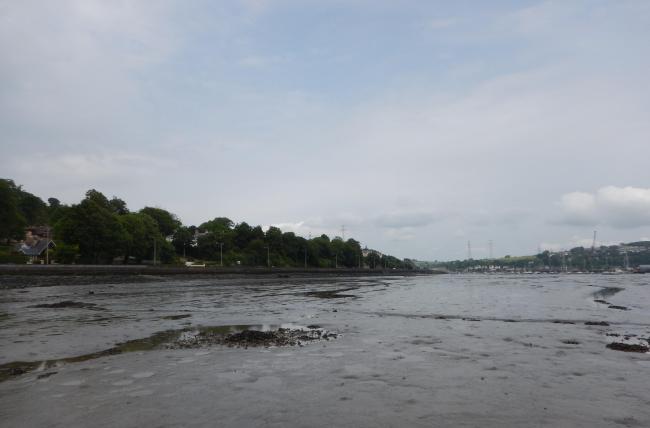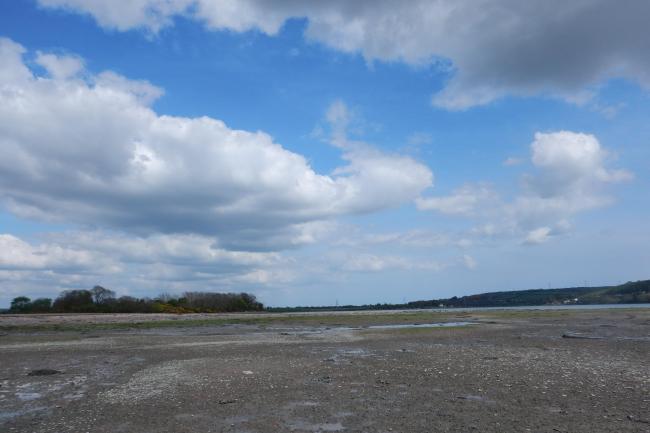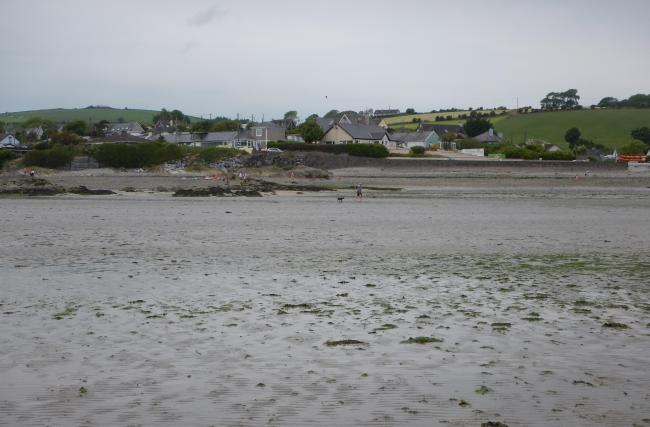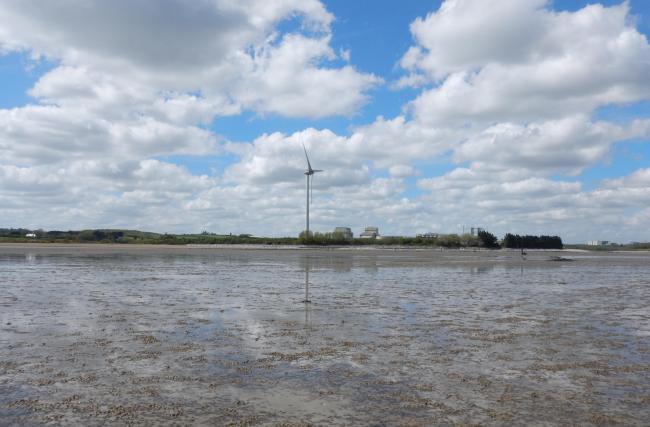Cork Harbour
Cork Harbour
- Country:
- Ireland
- Site number:
- 837
- Area:
- 1,436.0 ha
- Designation date:
- 07-06-1996
- Coordinates:
- 51°52'36"N 08°16'47"W
Carousel
CarouselMaterials presented on this website, particularly maps and territorial information, are as-is and as-available based on available data and do not imply the expression of any opinion whatsoever on the part of the Secretariat of the Ramsar Convention concerning the legal status of any country, territory, city or area, or of its authorities, or concerning the delimitation of its frontiers or boundaries.
Cork Harbour is part of a sheltered bay system with several river estuaries. The Site consists of four separated intertidal mud and sand flats. The tidal regime is complex, as the mudflats flood and empty rapidly rather than following a normal twelve-hour tidal cycle. These habitats regularly support 20,000 wintering waterbirds, making it one of the top five waterbird sites in Ireland. More than one percent of the regional population of black-tailed godwit (Limosa limosa) can be found. The Site provides feeding and roosting habitat for the vulnerable common pochard (Aythya ferina) and horned grebe (Podiceps auritus). Pollution is one of the biggest threats: Cork Harbour is an important seaport and the headquarters of the Irish Navy; while pharmaceutical, electrochemical and petrochemical industries are established on the foreshore, making it the most heavily industrialized estuary in Ireland. Plans are underway to enhance sewage facilities in the lower part of the Harbour to improve water quality.
- Wildfowl Sanctuary - Douglas Estuary
- EU Natura 2000
- IE837RIS_2203_en.pdf




